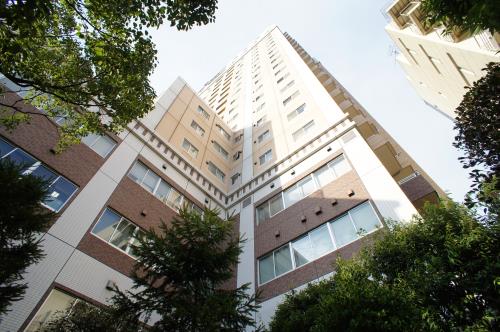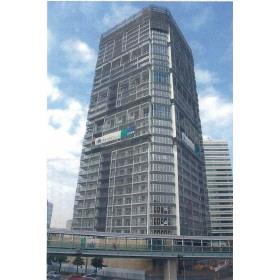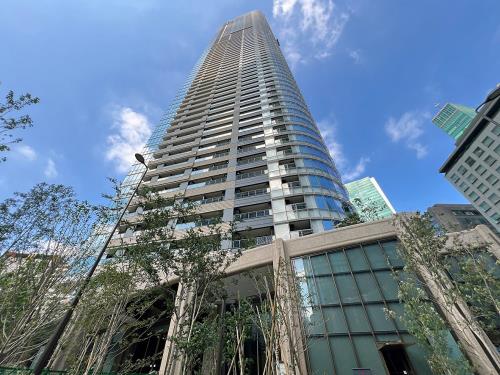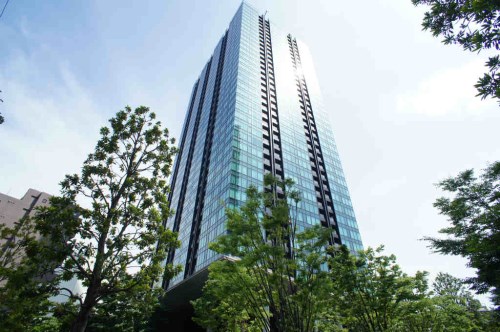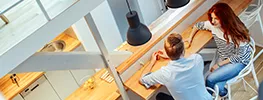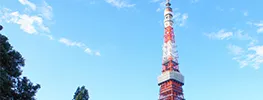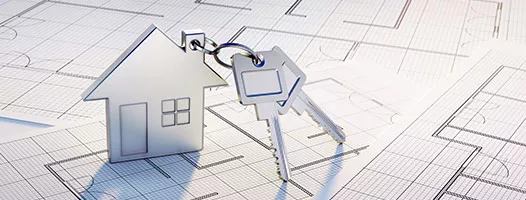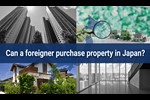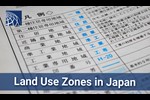Earthquake Resistance of Buildings in Japan — What to Know
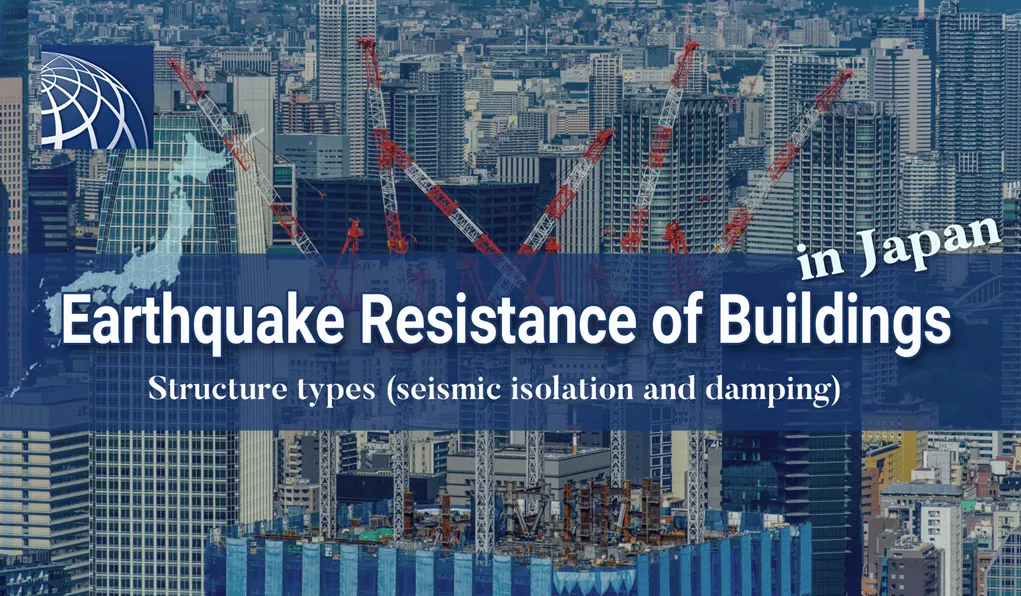
Japan's Building Standard Act is strictly reviewed after every significant earthquake to ensure that all structures, including rental apartments, are as earthquake-resistant as possible.
Thus, you can rest assured that, in Japan, the bar for earthquake-resistance standards is set exceptionally high. Meeting these stringent requirements is a prerequisite for obtaining building permission. As a result, the collapse ratio of buildings during powerful earthquakes in Japan is remarkably low, a testament to the country's robust building regulations.
Keep reading to learn about the history of building laws and regulations in Japan, building earthquake resistance, and how to confirm a building's strength against earthquakes. We will also cover Japan's different types of building structures, their characteristics, and their earthquake-resistance performance.
Milestones in Japanese Building Codes for Earthquakes
1971 |
Tightening the standards for reinforced concrete structures. |
|---|---|
1981 |
Enforcement of New Anti-seismic Design Standard |
2000 |
Tightening the standards for wooden structures Commencement of grading anti-seismic performance level under Housing Quality Assurance Act |
Key Changes in Japan's Anti-Seismic Performance Regulations
1971 |
After the 1968 earthquake off the shore of Tokachi (maximum JMA seismic intensity scale 5), the standards for tie-hoops in reinforced concrete (RC) structures were tightened. |
|---|---|
1981 |
In response to the 1978 earthquake off the shore of Miyagi Prefecture (maximum JMA seismic intensity scale 5), the Building Standard Act was revised, and the New Anti-seismic Design Code came into effect. This new standard not only focuses on preventing the collapse of buildings during earthquakes but also emphasizes securing the safety of the occupants. |
2000 |
The Great Hanshin Earthquake of 1995 (maximum JMA seismic intensity scale 7) led to further revisions of the Building Standard Act. These revisions aimed to improve the safety of wooden buildings, clarify anti-seismic performance levels, specify building foundation forms, and make ground investigations virtually mandatory. Additionally, with the enforcement of the Housing Quality Assurance Promotion Act (Housing Quality Assurance Act), the "Housing Performance Labeling System" was established. This system allows for evaluating and comparing housing performance based on unified standards. Construction companies have been held responsible for defects and rain leaks in the essential structural parts of houses for 10 years. |
Understanding Japan's Anti-Seismic Performance Levels
1. “Building Standard Act: Earthquake Resistance” for Protecting Human Life
The earthquake resistance standards specified by the Building Standard Act were revised and became stricter on June 1, 1981. Standards before this date are known as the old earthquake resistance standards. At the same time, those after are referred to as the new earthquake resistance standards.
Old Earthquake Resistance Standards:
• Ensure buildings do not collapse during an earthquake of JMA seismic intensity scale 5+.
New Earthquake Resistance Standards:
• Ensure buildings are minimally damaged by an earthquake of JMA seismic intensity scale 5+.
• Ensure buildings do not collapse during an earthquake of JMA seismic intensity scale 6+ to 7.
These changes aimed to improve building safety and resilience in stronger earthquakes.
How to Check Building Earthquake Resistance
The new earthquake resistance standards apply to buildings certified on or after June 1, 1981. Building certification ensures that a construction plan meets the legal building standards before construction begins. Condominiums usually take about 1 to 1.5 years from certification to completion. Therefore, condominiums completed in 1981 may still adhere to the old standards.
You can check the building certification date at the municipal office. Suppose you are considering a condominium completed between 1981 and 1983. In that case, we recommend consulting with a real estate company such as ourselves to verify its compliance with the updated earthquake resistance standards.
2. “Housing Quality Assurance Act: Seismic Grade” for Protecting Buildings and Human Life
The Seismic Grade, a crucial component of the 'Housing Performance Labeling System,' was established under the Housing Quality Assurance Act of 2000. This system, authorized by the Minister of Land, Infrastructure, Transport, and Tourism, evaluates a house's earthquake resistance based on the following criteria.
• Damage Prevention:
This level of seismic performance means a house can withstand an earthquake that might occur once every few decades (JMA seismic scale 5+) without requiring large-scale restoration.
• Prevention of Collapse:
This level of seismic performance ensures that human life is protected, even if the house sustains damage from an earthquake that might occur once every few hundred years (JMA seismic intensity scale 6+ to 7).
This system protects buildings and human life by promoting higher earthquake resistance standards. It also empowers home renters and buyers to make informed decisions by comparing houses using unified standards.
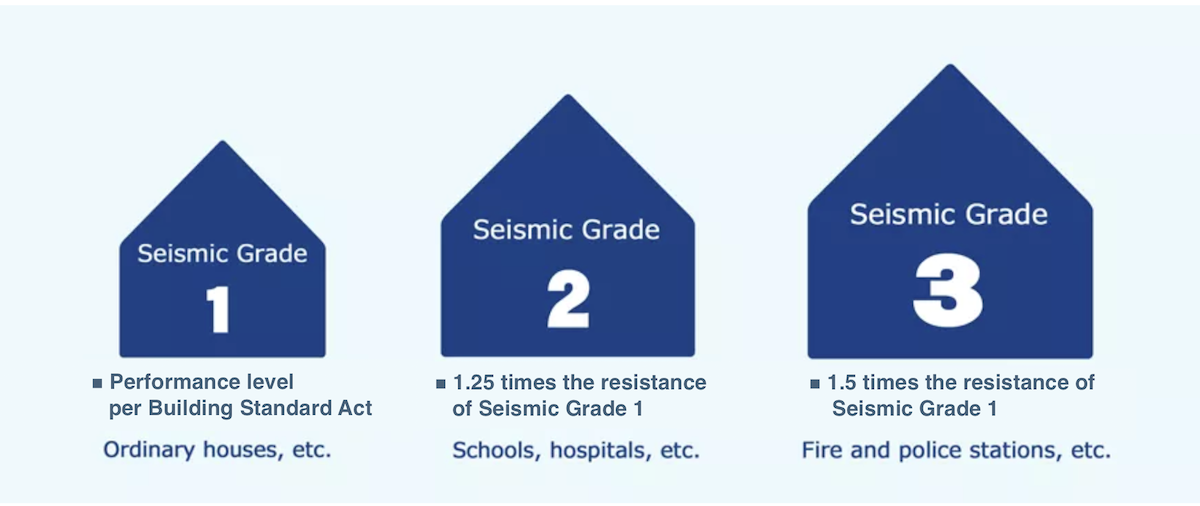
Seismic Grade 1 meets the earthquake resistance standards of the Building Standard Act. Buildings with this grade are minimally damaged by earthquakes with a JMA seismic intensity scale 5+ and do not collapse even in earthquakes rated 6+ to 7. However, they may need rebuilding after a 6+ or higher quake.
Seismic Grade 2 offers 1.25 times the resistance of Seismic Grade 1. This level is required for buildings designated as evacuation centers, such as schools and hospitals. With this grade, buildings may be damaged in 6+ to 7-intensity quakes, but the damage is generally repairable. Additionally, Seismic Grade 2 or higher buildings can be certified as "Long-life quality housing," which offers various tax incentives.
Seismic Grade 3, providing 1.5 times the resistance of Seismic Grade 1, is a vital standard for buildings that serve as fire and police stations. These stations are crucial for reconstruction and first-aid during disasters. While buildings with this grade may sustain minor damage in 6+ to 7-intensity quakes, such damage is typically repairable, ensuring the continuity of these essential services.
How to Check a Building’s Seismic Grade
The "Housing Performance Labeling System" under the "Housing Quality Assurance Act" is a voluntary system introduced in 2000. As a result, not all houses have an evaluation certificate.
You can check with the builder or the builder's office to see if the housing performance evaluation certificate has been obtained for newly built houses. Suppose you are planning to custom-build a house. In that case, it's advisable to request the builder or their office to obtain the evaluation certificate in advance.
For newly built condominiums, the process of obtaining the certificate is similar. You can inquire with the development company. For pre-owned houses and apartments, the steps are slightly different. You can ask the construction company or the management company through your real estate agent. If in doubt, feel free to contact us!
Earthquake Resistance According to Building Structure in Japan
Earthquake-Resistant Structure |
This is the most common structure for detached houses in Japan. Since 1981, all buildings must conform to the New Anti-seismic Structure Standard, ensuring earthquake-resistant structures. These structures are designed with adaptability in mind, allowing key components like posts, walls, and floors to absorb seismic motions. Buildings can be categorized into two types: Rigid Structures, which are constructed rigidly to prevent collapse, and Flexible Structures, which flexibly bow to spread the force of seismic motions, providing a sense of security in the face of potential earthquakes. |
|---|---|
Damping Structure |
To minimize seismic motion, damping walls that absorb seismic energy are constructed within buildings. These damping structures can be categorized into two types: Active, which uses energy sources like electricity, and Passive, which relies on physical forces. Damping structures can reduce seismic intensity by 70–80% compared to earthquake-resistant structures. |
Seismic-Isolation Structure |
Seismic isolation structures are commonly used in high-rise building foundations to enhance earthquake safety. These structures incorporate quake-absorbing devices, such as laminated rubber, lead, springs, dampers, and ball bearings, which help block seismic motions from reaching the building. Newly developed construction methods often combine these materials for improved effectiveness. Using seismic isolation structures can significantly reduce the impact of earthquakes, lowering seismic intensity to about ⅓ to ⅕ of what it would be with traditional earthquake-resistant structures. Search Tokyo Rental Properties with Seismic-Isolation Structures |
Building Structures and Materials Used in Tokyo
Wooden Structure |
Wood, a versatile and widely used material, forms the core structure of many detached houses in Japan. The posts and beams, a testament to the strength and adaptability of wood, provide essential support to these buildings. |
|---|---|
Steel Structure (S) |
Steel structures, renowned for their strength and reliability, are the go-to choice for large buildings in Japan. The use of steel materials in their framework ensures a robust and durable construction. |
Reinforced Concrete Structure (RC) |
Reinforced Concrete (RC) structures use concrete strengthened with steel bars. The steel bars resist stretching forces, and the concrete handles compressive forces. This combination creates a strong and durable framework, making RC structures very effective in resisting Japan's earthquakes. |
Steel Reinforced Concrete Structure (SRC) |
Buildings with a Steel-Reinforced Concrete (SRC) framework, also known as 'SRC structures,' offer a unique combination of steel and concrete. The iron bars and beams filled with concrete provide excellent seismic resistance, strength, and durability, making them the ideal choice for Japan's high-rise buildings. |
Generally, apartment and office buildings with damping or seismic isolation structures are more secure against earthquakes than those with basic anti-seismic measures.
Risk of Earthquake Damage in Tokyo
The risk of earthquake damage in Tokyo depends on the ground type, land shape, and building density. High-risk areas are usually alluvial plains or lowland valleys, such as fan-shaped lands, natural levee zones, and deltas. These are common in old downtown areas along the Arakawa and Sumida Rivers, where many old wooden and lightweight steel buildings are found.
Specifically, the following areas are considered high risk:
• Southern Adachi Ward
• Arakawa Ward
• Eastern Taito Ward
• Western Katsushika Ward
• Sumida Ward
• Northern Koto Ward
These areas face higher risk due to the aforementioned ground types and building characteristics.
In contrast, areas such as Chiyoda Ward, Minato Ward, and Shibuya Ward, which host many government offices and foreign companies, are considered relatively safe.
Source: Bureau of Urban Development, Tokyo Metropolitan Government
Questions or Concerns?
If you have any questions about earthquake-resistant buildings or need assistance in finding a property that meets these rigorous standards, Plaza Homes is here to help. Our expert team is dedicated to providing the information and support you need to find a safe and secure home or office. Contact Plaza Homes today for personalized assistance with all your real estate needs in Tokyo.

- Apartments and Houses for Rent in Tokyo
- Listings of popular and luxurious rental apartments, condominiums, and houses designed with expats in mind.

- Apartments and Houses for Sale in Tokyo
- Listings of apartments, condominiums, and houses available for purchase in Tokyo.

